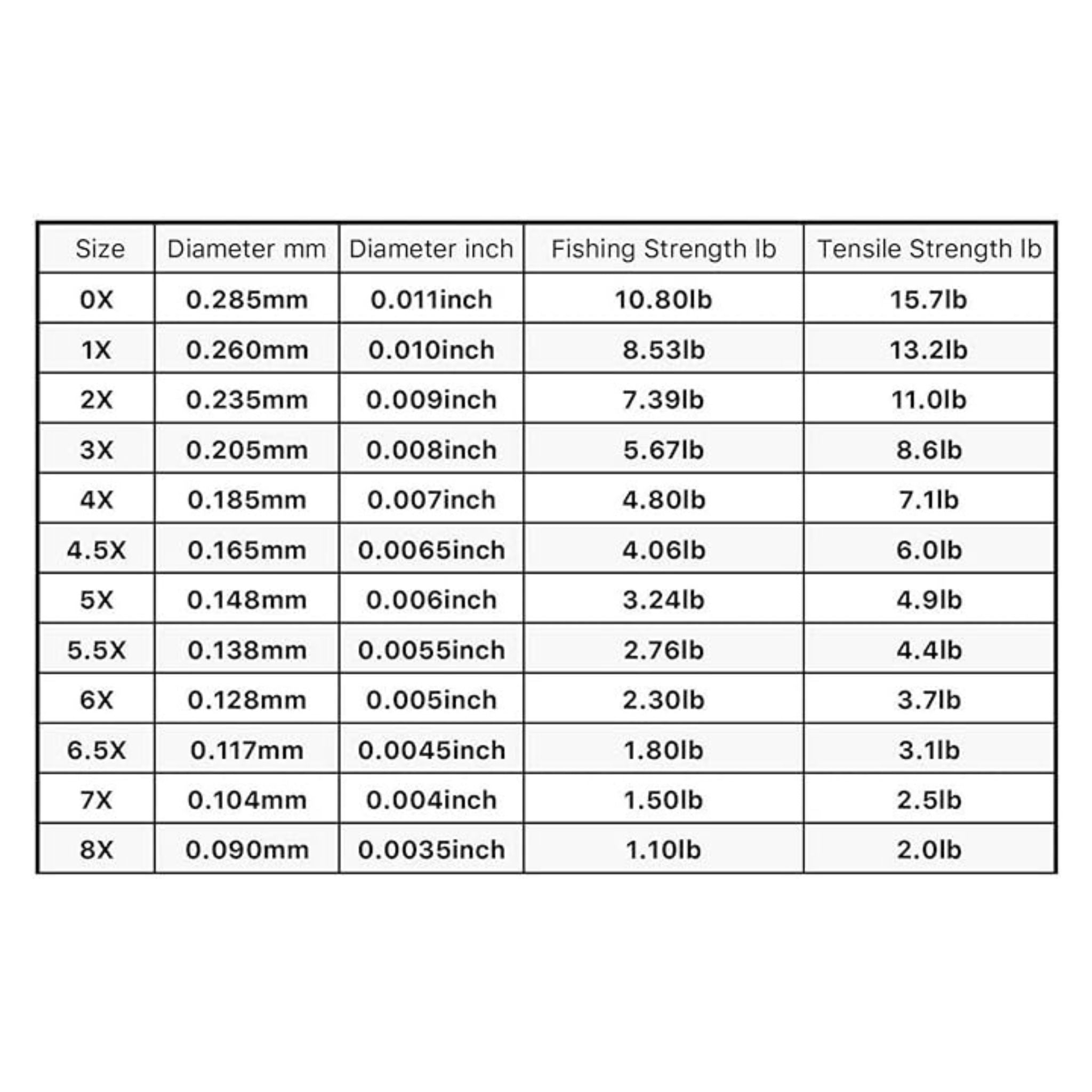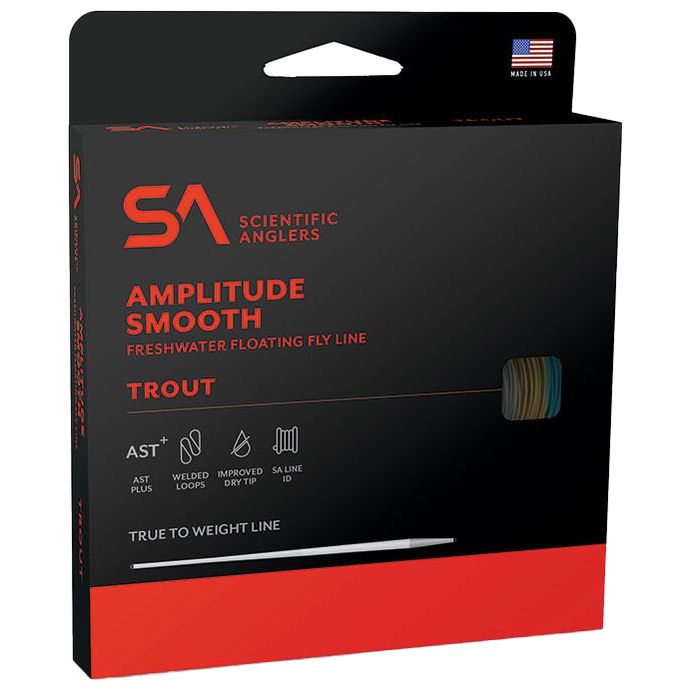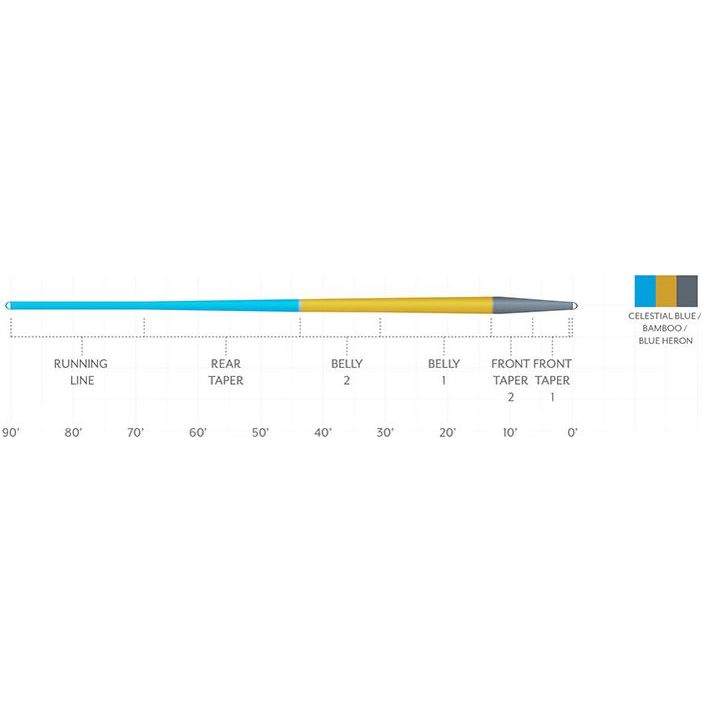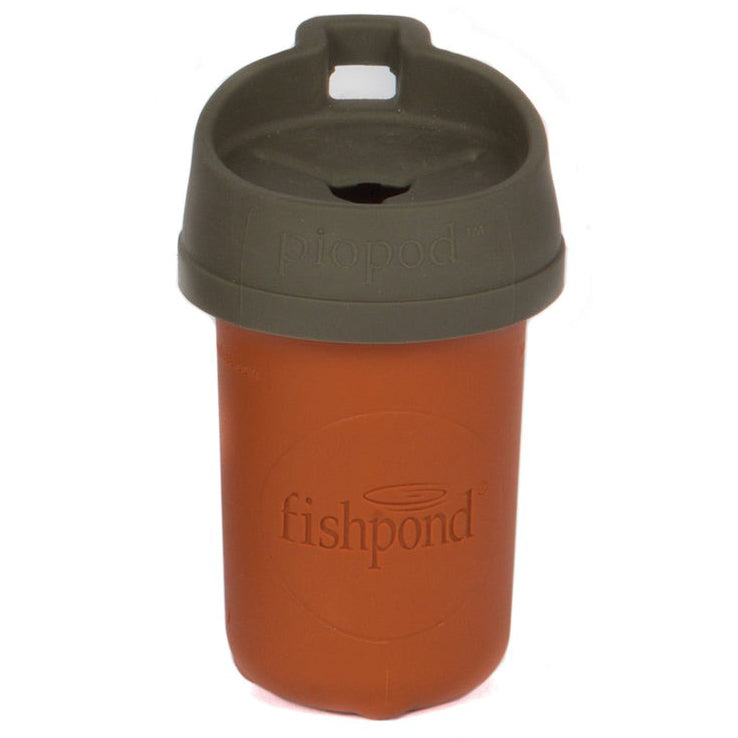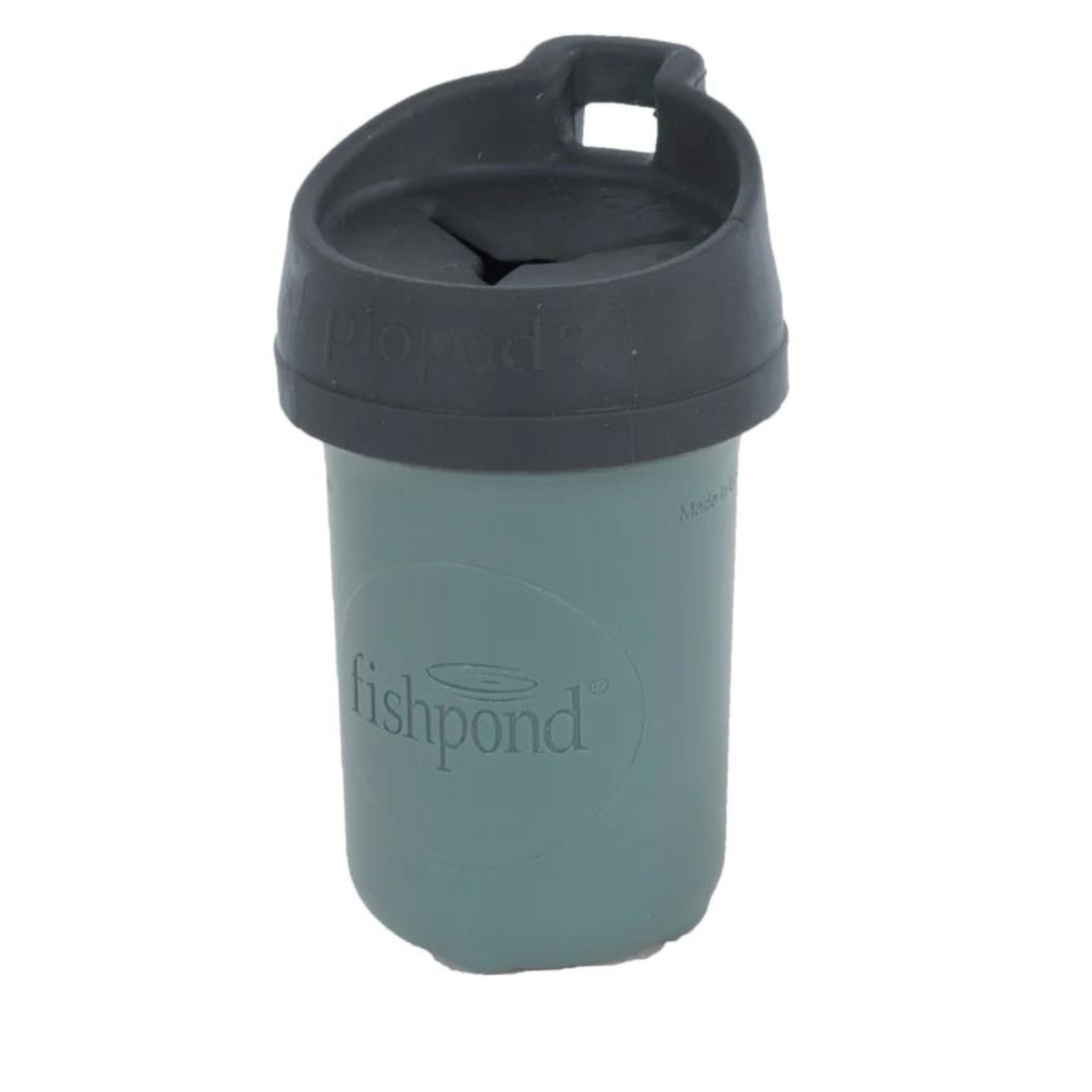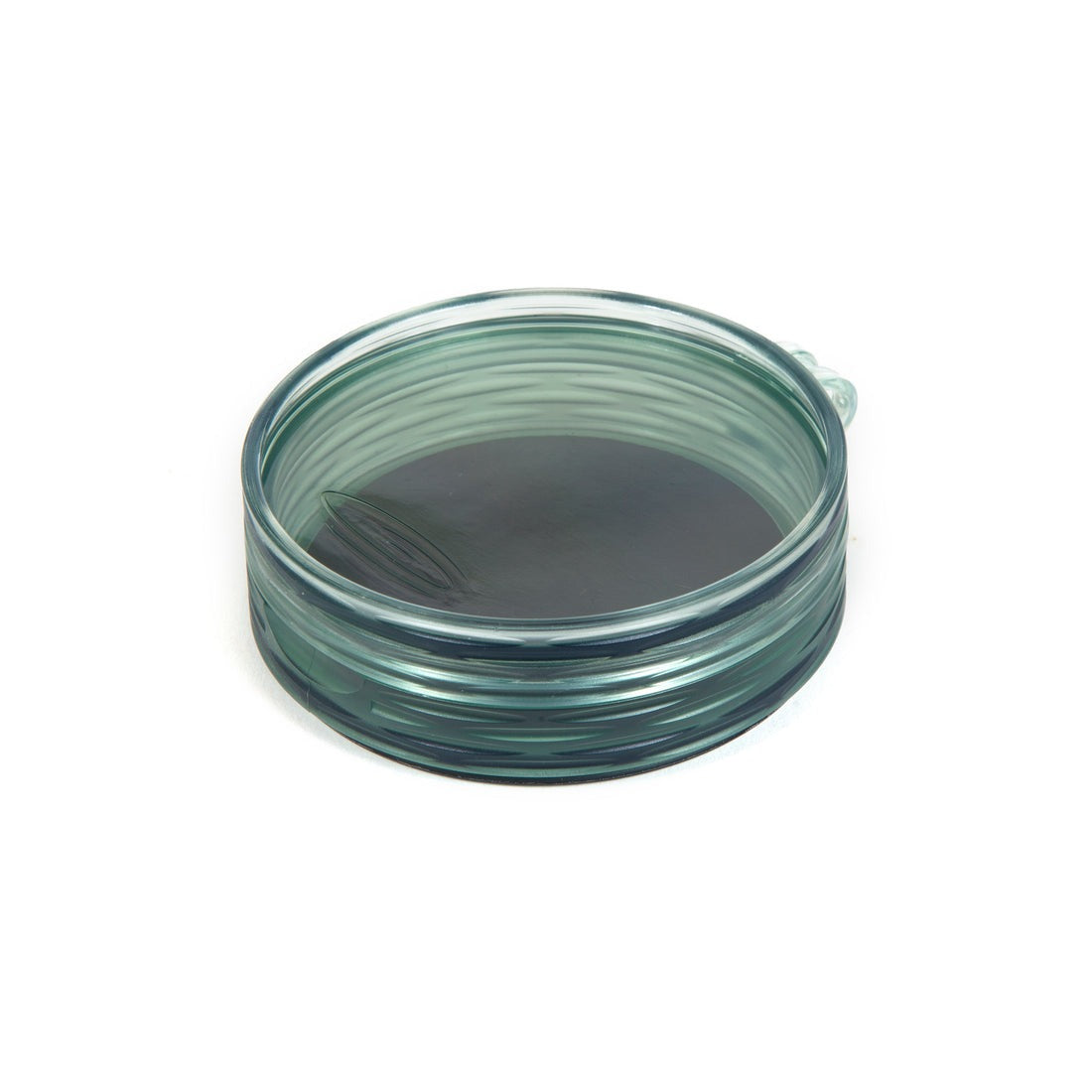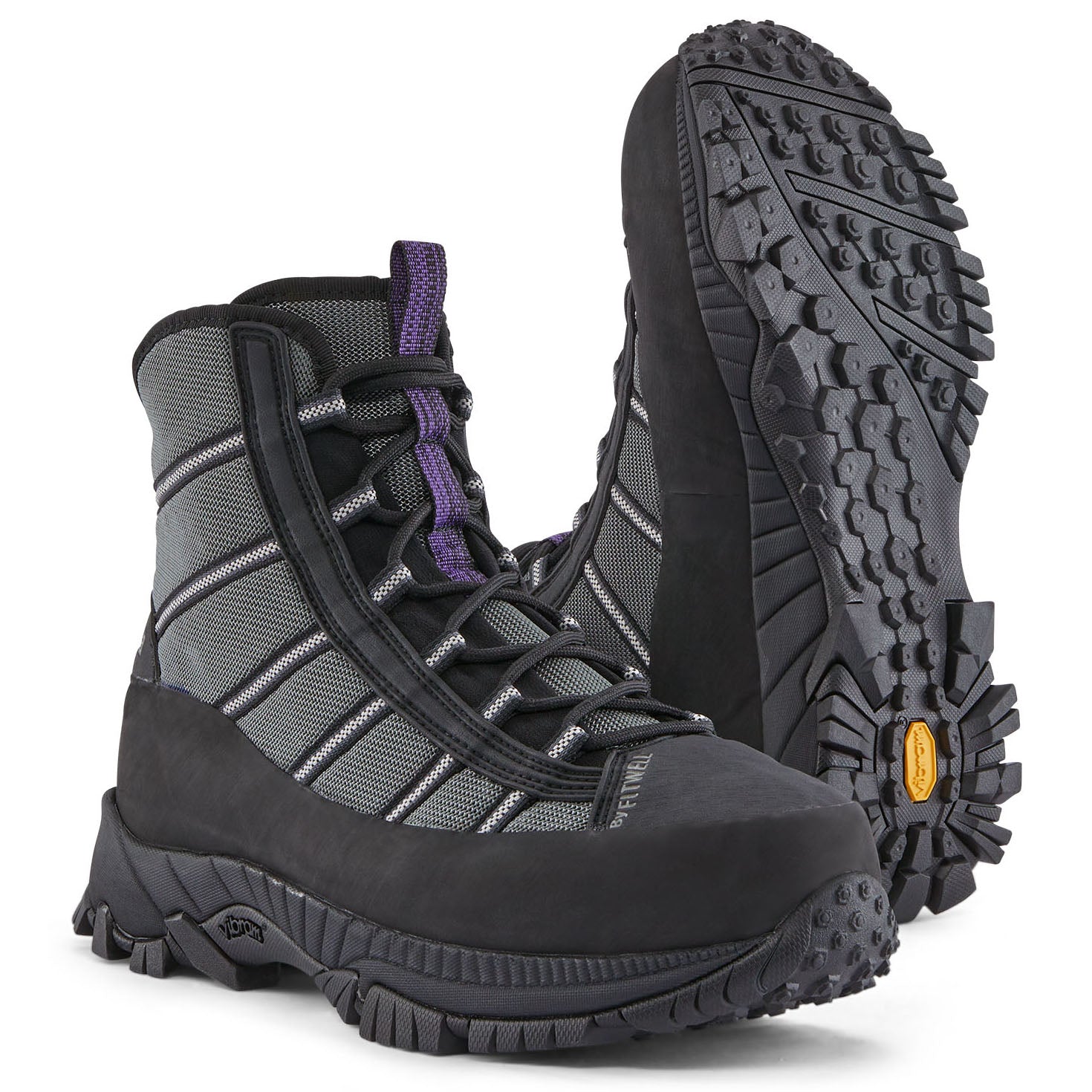Everyone seems to have their favorite times of year here, and as a guide on the Ranch, I have my favorite times to take anglers. As an angler myself, my favorite time to fish The Ranch is whenever I can go. The magic of this piece of water is never lost on me and I consider it a privilege to spend a morning, afternoon, evening, or if I’m lucky, a full day walking its banks in search of a target to try and wrangle. This is usually when I reach for that special rod I’ve been waiting to cast, the one I keep in my truck for just this moment. There are, however, other times that I reach for my highest performing rod and this is determined by what it is that I expect to see.
Rod selection is one of the first things I consider for a day on the Ranch. Fly fishing advertisements often favor a moderate or slow-action rod for this sort of fishing. A rod that exemplifies the feel of a smooth fly cast. Sometimes that is reflected in my selection as well. Other times, the elements/weather or the bugs that I expect to throw push me to select a faster action rod. For example, when fishing a spinner fall, when I know that the water will be littered with millions of spent mayflies, and trout will be eating only 1 out of any possible 50 drifting over them at any point in time, I reach for my new Orvis HELIOS D in a 9 foot 5 weight. This trustworthy, high performance rod is capable of picking up long amounts of line, 40 plus feet, and makes it easy for me to convert a single back cast into a tight-looped forward cast that delivers the fly right back into the lane it came from. It is this efficiency of many drifts in the same feeding lane that brings success to the spinner-fishing angler. This is harder to accomplish using a softer action rod as the angler may have to make more strips of line in after each drift in order to execute a proper back cast, resulting in more false casts and ultimately into more shooting of line and less accuracy. In this game of inches, I favor the stiffer Helios D, and I appreciate the bit of touch the rod has in the softer tip, which helps get the cast started in just the right way. Though I wasn’t a fan of the previous generation of the 9 foot 5 weight Helios D, I find the newest version (4th generation) to be a great combination of touch and power.
When fishing larger flies, either the drakes in the early summer or terrestrials in the heat of summer, I know that fewer presentations will be required as the natural competition on the water will be less than during a thick emergence or spinner fall. In these circumstances, I still favor a rod that I enjoy casting, but one with a softer action that places more emphasis on the pace of the casting stroke. This same softer touch is more efficient at feeding line, a technique that goes hand in hand with larger flies on The Ranch. The trout feeding on them are often moving targets in search of fewer but larger morsels. Less rhythmic feeding is characteristic of these situations, so between presentations I’ll often be bringing my flies to hand to wait for the targeted trout to show himself again before I re-cast. In these situations, I’ll reach for one of my classier rods - a rod that I appreciate for its performance as well as its artistry. My Burkheimer 590-4 Classic, for instance. Burkheimers not only are finished with an artists touch, they also are built with a sense of feel and smoothness not equaled in other rods out there. They are capable of throwing a tight loop on short casts and perform very well up to 60 feet or so. Though there are many that prefer a 4 weight for some of this fishing, I always prefer my 5 weight, for its versatility in windy conditions.
During terrestrial season, an angler is likely to encounter spinner falls in the morning, ants in the late morning, and maybe even sight fishing with nymphs, and targeting grasshopper-searching trout in the afternoon. Often, the Ranch has plenty of aquatic vegetation (which most of us unceremoniously refer to as weeds) at this time of year. In August, large weed banks reach the surface and isolate trout in little channels that funnel bugs and change the river’s currents. In the afternoon, weeds will often cut loose and begin to drift down the river. Having a rod that can maintain lots of pressure on a hooked fish without breaking a fine tippet is a must. A Winston Pure in a 9 foot 5 weight is a great tool for the job. I find that this rod excels at short range casting. Many times the answer to getting a drift in these variable weed bed currents is to sneak up close to your target and make shots from 30 feet or less. On windy afternoons, “Hoppertunities” arise and being able sling a large fly in the wind and stack out lots of slack into a long drift can make the difference between catching nothing or hooking the largest trout of your year. Again, the deep bend in Winston’s Pure lineup does this well, and allows me to put maximum pressure on the line while minimizing the chance of breaking a fine tippet on a large, angry rainbow trout.























